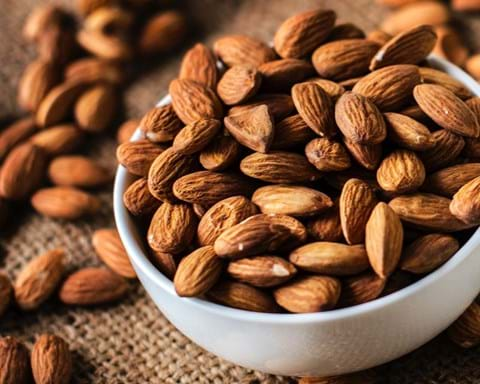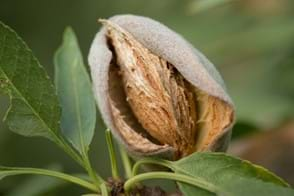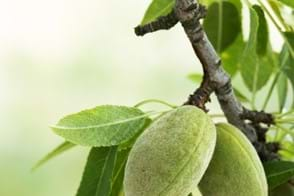How to grow almonds in a garden
Step 1
Choose a sunny spot with well drained soil. Enrich the soil with
Yates Dynamic Lifter Soil Improver & Plant Fertiliser. If the soil is clay based, add gypsum and fork in well.
Step 2
Dig the planting hole twice as wide and to the same depth as the root-ball. Remove the shrub from the container, gently tease the roots and cut away any circled or tangled roots.
Step 3
Position in hole and backfill with soil, gently firming down. Form a raised or doughnut shaped ring of soil around the outer edge of the plant's root zone. This helps keep water where it's needed. Always water in well after planting to settle the soil around the roots and keep the soil moist for several weeks while the new plant establishes.
Step 4
Mulch around the base with organic mulch like bark chips, sugarcane or pea straw, keeping it away from the trunk.
Step 5
Water regularly and deeply during the growing, flowering and fruiting season – usually from spring to autumn. While they're drought tolerant, trees produce more almonds when they are well-watered.
Step 6
Feed your tree at least twice a year, in autumn and spring with
Yates Dynamic Lifter Soil Improver & Plant Fertiliser. For an added nutrient boost, feed fortnightly during the flowering and fruiting season with
Yates Thrive Citrus Liquid Plant Food.
Step 7
After 2-3 years, harvest almonds when the outer, fleshy hull starts to split open. You can spread a tarp under the canopy and knock the tree to collect the nuts. Repeat after a couple of weeks.
How to grow almonds in a pot
Almonds can be grown in large pots or planter boxes, but look for dwarf, self-pollinating forms such as 'All In One' or PlantNet's 'Dwarf Self Pollinating Almond' – they can grow up to 2m tall and wide.
Step 1
Choose a pot at least 600mm wide. Position in full sun and partially fill with quality potting mix, such as
Yates Potting Mix with Dynamic Lifter.
Step 2
Remove the shrub from the container, gently tease the roots and cut away any circled or tangled roots.
Step 3
Position in pot and backfill with potting mix, gently firming down. Water in well.
Step 4
Mulch with an organic mulch, such as bark chips, sugar cane or pea straw ensuring to keep it away from the trunk.
Step 5
Water regularly and deeply during the growing, flowering and fruiting season – keeping the soil moist, but not wet. While they're drought tolerant, trees produce more almonds when they are well-watered.
Step 6
Feed your tree in autumn and spring with
Yates Dynamic Lifter Soil Improver & Plant Fertiliser. When flowering and fruiting, feed weekly with Yates Thrive Citrus Liquid Plant Food to help promote nut production.
Step 7
Harvest nuts after 2-3 years. Lay a tarp under the canopy and knock the tree to encourage nuts to fall. Repeat every few weeks.










